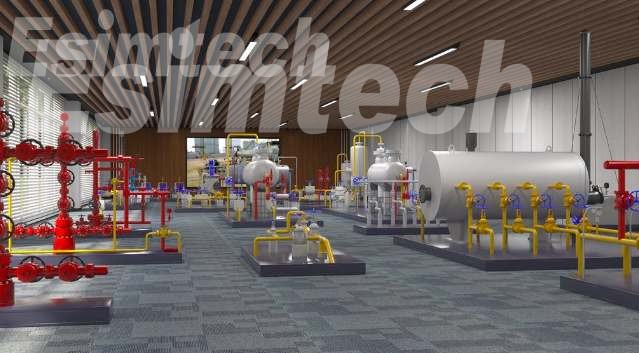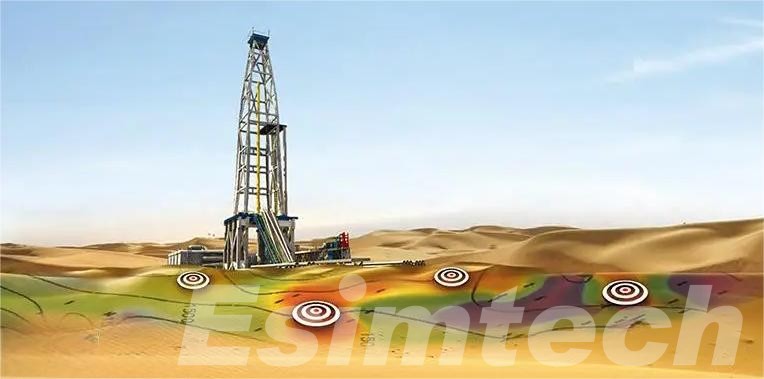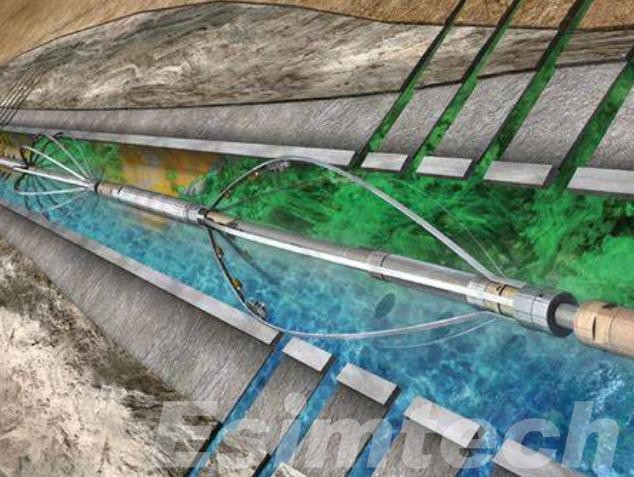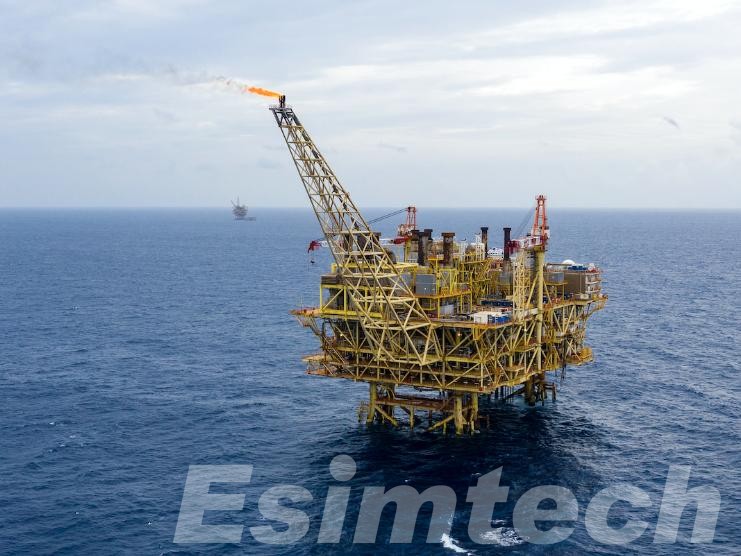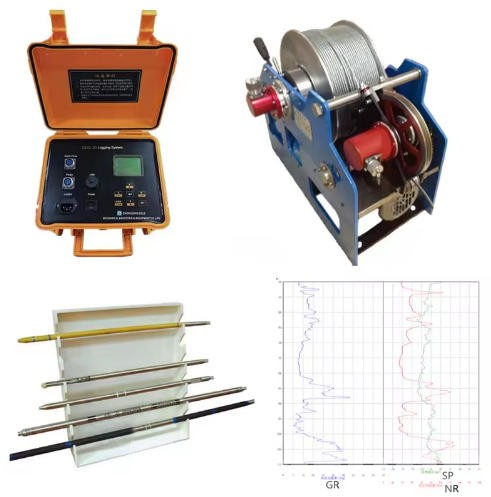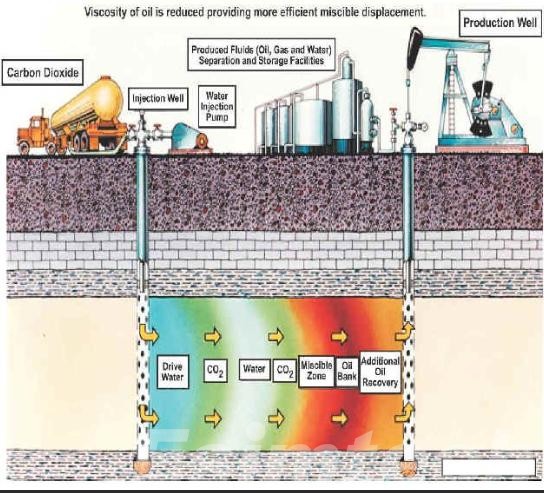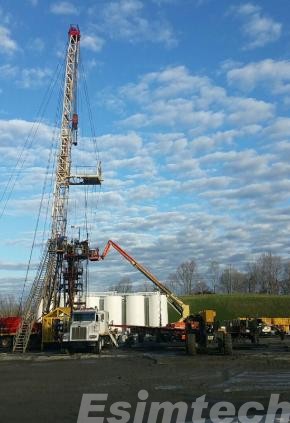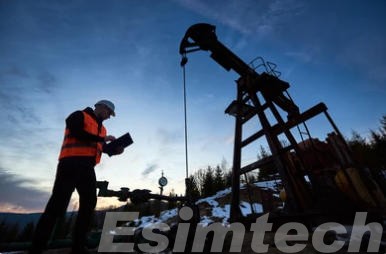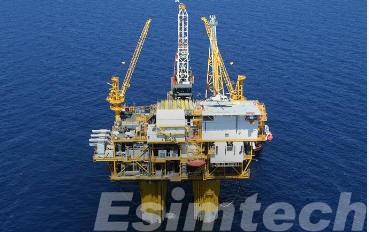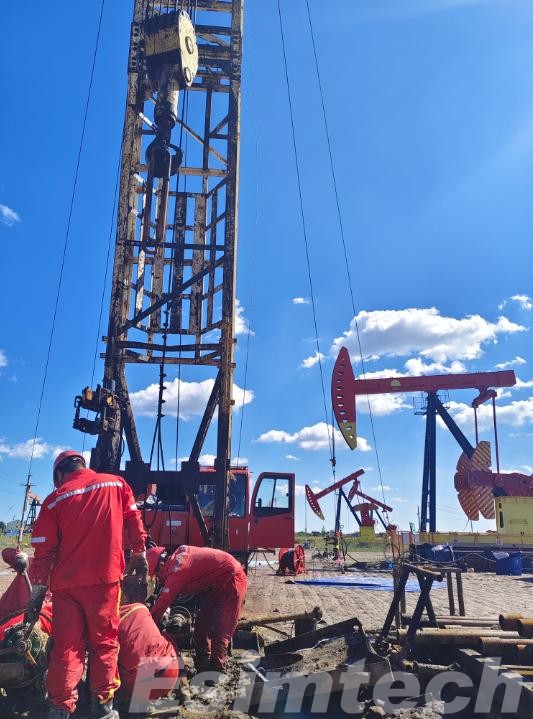How Gas Production Operation Simulators Improve Operator Training and Safety
In today’s energy industry, gas production operations demand not only technical excellence but also highly skilled operators who can manage complex systems safely and efficiently. As a manufacturer of advanced simulation technology, we’ve seen how traditional training often fails to prepare teams for real-world challenges. A gas production simulator bridges this gap by offering a…

